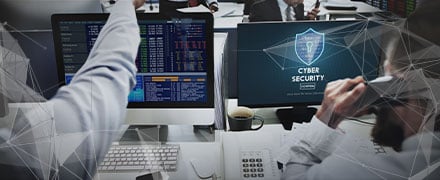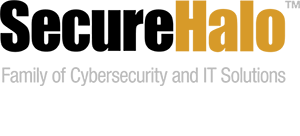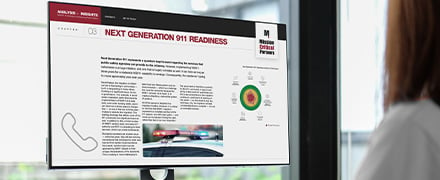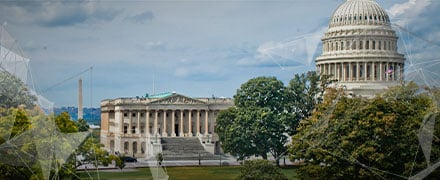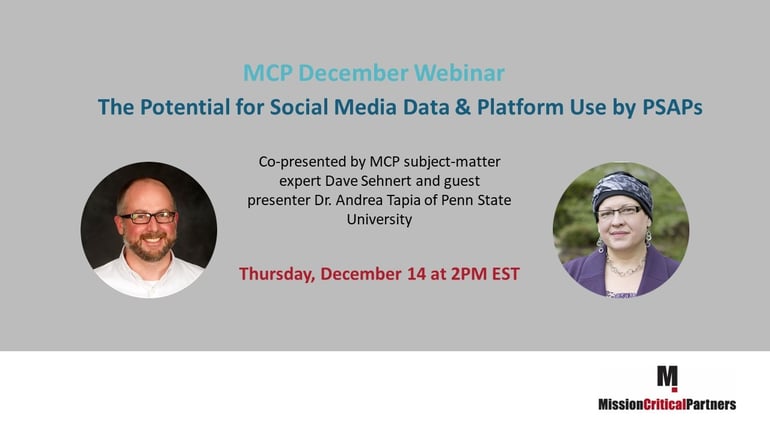Social Media and Emergency Management: A Powerful Combination
Posted on December 1, 2017 by Dr. Andrea H. Tapia
A network television show that debuted recently is centered on a crowd-sourcing platform that is used to solve all sorts of serious crimes, and in some cases, prevent them. While this may seem implausible, it actually is a case of art imitating life.
overcoming emergency response challenges in haiti
On January 12, 2010, a magnitude 7.0 earthquake struck Haiti, with the epicenter approximately 16 miles from Port Au Prince, the capital of the Caribbean island nation. The damage was beyond comprehension. An estimated 30,000 commercial buildings and 250,000 residences were severely damaged or completely destroyed. No one knows for sure exactly how many people perished in the disaster, but conservative death tolls range from 100,000 (the U.S. Geological Survey) to 160,000 (a University of Michigan study). Another 300,000 people were injured. Many of the dead and injured were buried under rubble.
Critical infrastructure, such as hospitals and the Port Au Prince airport, also suffered catastrophic damage. Emergency response was hampered severely because the public safety and emergency response communications infrastructure was rendered inoperable. Even if that hadn’t been the case, Haiti at the time had no 911 system for victims to call. Things looked bleak.
But then something really interesting happened—the Haitian people decided to participate in their own rescue. This is not terribly unusual—helping one’s neighbor during a crisis is human nature, and on that basic level people directly impacted by an emergency often take on the role of first responders, at least temporarily. What made this different was the scale—quite literally, millions got involved.
Commercial communications systems still were operating on the island, and inhabitants began to use them to post to Twitter, Facebook and other social media platforms. The Haitian government and the telecommunications service providers immediately recognized that the communications systems supporting the populace were just as important as those that support emergency responders, and took steps to shore up the commercial infrastructure. The telcos also established what was essentially a “text to 911” number that those impacted by the earthquake used to great effect.
All of this was done on the fly and accomplished in the first few hours after the earthquake hit, quite an accomplishment given the circumstances—unfortunately, no playbook exists for when a monstrous seismic shockwave flattens a nation, even one as small as Haiti.
Turning Data into Action
Soon after, roughly 1,600 miles away in Boston, Tufts University graduate students were taking notice of the social-media activity flowing out of Haiti. They decided to leverage Ushahidi, a crowd-sourcing platform originally developed to map reports of violence in Kenya in the aftermath of elections held in 2008. The Tufts students used the platform to algorithmically sift through millions of social-media interactions to identify actionable items—essentially, if enough people were talking about something over social media, the information was thought to be viable. Later the effort expanded to countless “digital volunteers” all over the world who were using another crowd-sourcing platform OpenStreetMap, to create maps based on the Tufts data.
The activity paid almost immediate dividends. After the Icelandic Search and Rescue Squad arrived on the island, members began to search in a grid pattern, as they had been trained to do. However, the Tufts students determined, based on social-media-generated data, that signs of life were being reported in areas that were not scheduled for search in the short term. Based on this critical intelligence, the Icelandic rescuers changed their course of action. Soon after the media was reporting that survivors were being found because of Twitter.
The experience in Haiti demonstrated for the first time that social media, if harnessed properly and well, can be a tremendous public safety and emergency response tool. However, that harnessing can be tricky and fraught with challenges, which we explore further here and in our webinar "The Potential for Social Media Data & Platform Use by PSAPs" with guest presenter Dr. Andrea Tapia of Penn State University.
